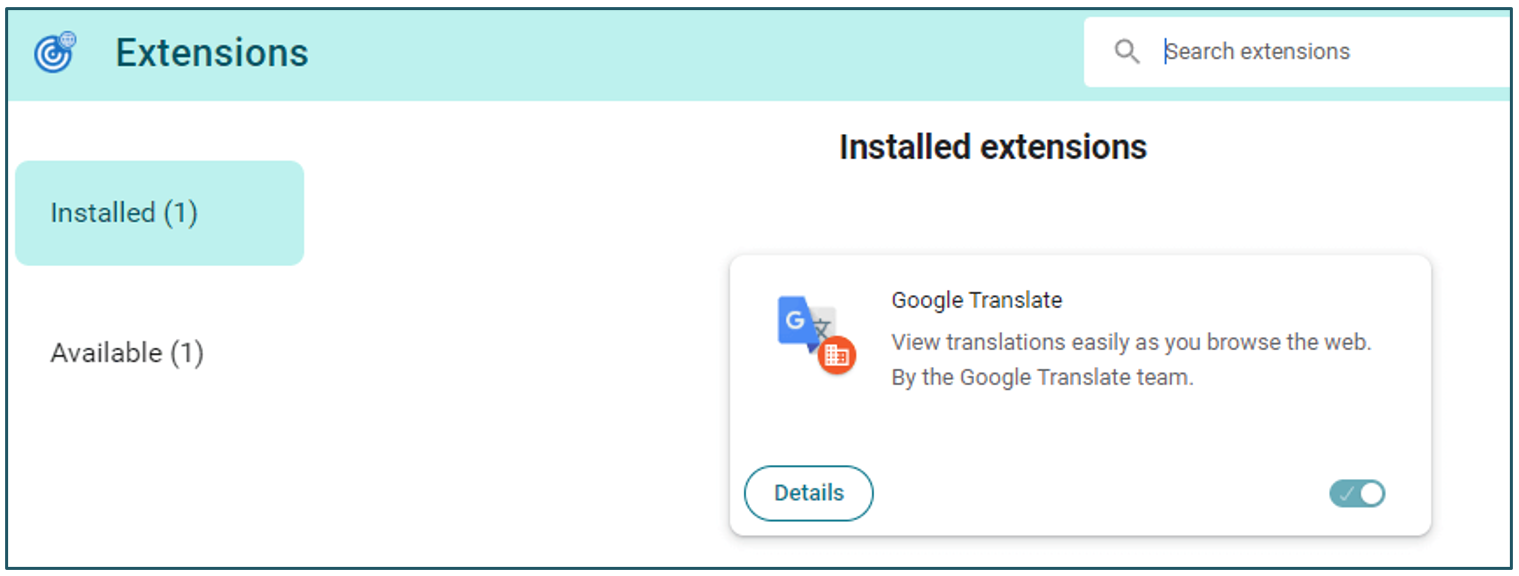On October 5, 2022, the Citrix Enterprise Browser turned 1, and like a proud parent, I’m overjoyed to see how far it has come in just 12 months since the general availability announcement — a true testament to the excellence of our engineering teams. I’m thrilled with our “birthday release” that we put out in conjunction with updates to the Citrix Workspace app, and I wanted to give you an overview in this blog post of some of the great features that went live!
Citrix Enterprise Browser Brand Refresh
The Citrix Workspace Browser has been renamed to the Citrix Enterprise Browser as an indication of its capabilities and to ensure it was current with the latest technology and industry definitions. This new name reflects our vision to deliver the preferred enterprise browser solution, purpose-built to enable employees to securely access their internal web and SaaS apps, with a transparent layer of security applied on top of an intuitive user experience.
In addition to the name changes in the user interface, the browser’s custom scheme was modified to citrixbrowser://, as shown in the image below.

We’ll continue to enhance the browser to serve enterprise use cases that require admins to have complete control and insightful analytics, without compromising end-user experience.
Citrix Enterprise Browser as a Work Browser
Previously, like any other browser, you could set the Citrix Enterprise Browser as a default browser that opened any link you clicked on from your native app.
Now, users can select the Enterprise Browser as their work browser, which ensures that any link from the native app that is a work link opens through Citrix Enterprise Browser. All other links open through a browser on the device that the user chooses.
A work link is any link that is part of the list of apps configured by the admin through Citrix Secure Private Access. As an added benefit, no additional administrator configuration is required for this feature! Learn more in our product documentation.

Extension Management (Preview)
Because of security concerns around extensions in consumer browsers, we blocked extensions by default within the Citrix Enterprise Browser. But with our Extension Management feature, now in preview, we provide administrators the ability to configure two extension lists for their end users:
- Forced List: A list of extensions required to be installed on the user’s browser (ExtensionInstallForcelist)
- Allowed List: A list of allowed extensions available to the user from which they can choose to install (ExtensionInstallAllowlist)
Please note, this feature leverages the Chrome Web Store for extensions. Learn more in our product documentation.

Browser Management with the Global App Config Service (Preview)
In addition to the application of granular contextual security policies for each web and SaaS application that Citrix Enterprise Browser supports via Citrix Secure Private Access, we have introduced the ability to manage the entire browser itself, which you can do through Global App Configuration settings.
Admins can now control browser-level settings that users interact with, including:
- Push managed bookmarks
- Select data, such as cache, history, cookies, passwords, and more, to delete every time the user quits the browser.
- Select the default browser to launch SaaS apps without security controls from within the Citrix Workspace app. This can be either the Citrix Enterprise Browser or the native browser installed on the user’s device.
- Allow/block the user from saving passwords
- Allow/block Incognito mode
- Allow/block developer tools
Learn more in our product documentation.
Open All Internal Web and SaaS Apps from the Citrix Workspace App via Citrix Enterprise Browser
Previously, internal web and SaaS apps within Citrix Workspace app would launch either through the Citrix Enterprise Browser or the native browser on the device based on whether they have security policies. This can be a confusing experience for end users, especially with contextual policies applied.
With this feature, all web and SaaS apps within Citrix Workspace app now only open through Citrix Enterprise Browser. This can be toggled off using the Browser Management feature.

Simplified Single Sign-On
Single sign-on (SSO) is a popular feature for web and SaaS apps configured through Citrix Secure Private Access. However, configuring SSO for SAML-based web or SaaS apps with third-party IdPs is a relatively complex and time-consuming process and needs to be completed for each app being configured. Learn more in our product documentation.
We have simplified this process so that admins can simply run a single PowerShell query to enable or disable single sign-on for each operating system. This reduces the initial setup time in a PoC from weeks to minutes, with no requirement for IdP chaining. It also greatly improves the user experience for sites that are not configured explicitly as SaaS apps, but still require authentication. Learn more in our product documentation.
Additional Features
I also wanted to highlight some additional features we’ve delivered to support our users and admins:
- Support for Remote Browser Isolation: Certain sensitive web or SaaS applications can now be rendered within an isolated browser. This isolated browser is the Citrix Enterprise Browser running on a cloud VM. It renders the sensitive application and applies the applicable security controls based on the configuration.
- Support for Kiosk Mode: Citrix Enterprise Browser now supports multiple users on the same device based on native profiles for Windows and macOS.
- Restrict File Upload Policy: We now have a new policy that can be configured via Citrix Secure Private Access for internal web and SaaS apps. The restrict file upload policy is applied on a per-URL basis.
- App Protection Enhancements: We’ve made changes to the underlying technology to modernize the application of app protection policies on Windows 11.
Our focus and commitment to supporting secure access to all applications for all users will continue into 2023. Look for more updates coming soon!
Learn more about Citrix Enterprise Browser and Citrix Secure Private Access.


